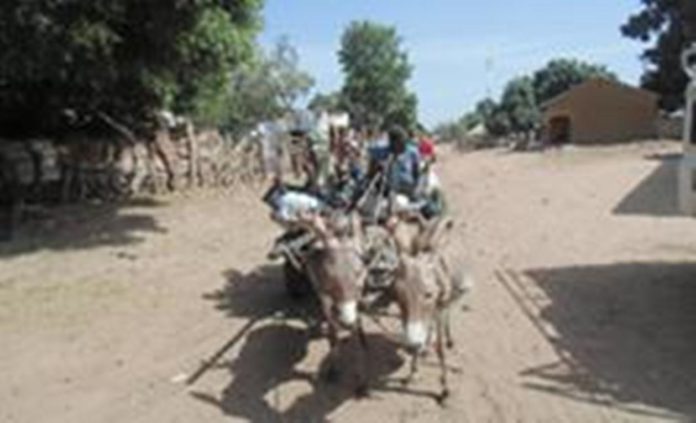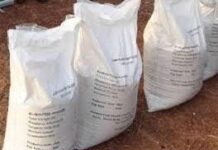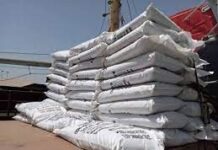This Column is meant to monitor and report on issues that concern the people of the rural communities, in terms of how their development is hindered or facilitated. Rural development is a process that aims to improve the standard of living of people living in rural communities.
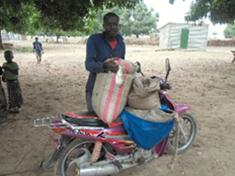
According to Robert chambers, rural development is a strategy that enables a specific group of people, poor rural women and men, gain for themselves and their children, more of what they want and need.
It involves helping the poorest among those who seek a livelihood in rural communities, to demand and control more of the benefits of rural development. The group includes small scale farmers, tenants and the landless.
Thus, the term rural development may be used to imply any one of the above-mentioned connotations.
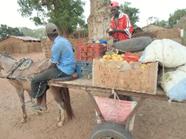
To avoid the ineffective floundering among the myriad of definitions, we shall define rural development as a process leading to sustainable improvement in the quality of life of rural people, especially the poor.
According to Lamin Sambou Kinteh, for rural development to be meaningful and realizable, the trinity of development must be present and these are: electricity, water and rural infrastructural development such as roads, industries, schools, health facilities etc.
Young people in rural Gambia are the future of agriculture and other rural Cottage industries, but often lack the guidance and support necessary to fully contribute to the development of their communities, fuelling the vicious cycle of rural underdevelopment and poverty.
Acknowledging and addressing their needs and aspirations is vital for growth and development.
However, the problem with the Gambia is that the agro-industry is limited because the vast majority of perishable farm produce have virtually no value addition after their production and these products are not processed, but instead, consumed in their primary condition.
In addition, promotion of agro-food processing would have significant positive impact on the life of the rural people particularly the youth as it will provide them with a ready market for their produce as well as help to promote the development of cottage industries in rural Gambia which may improve the income of the farmers thereby foster local and national growth and development.
To ensure that rural-urban migration is addressed, the local and national planners must develop integrated approaches to rural youth employment that include measures to increase job opportunities, job quality, and improve living conditions as well as Support entrepreneurship of young men and women through proper training, access to credit, and other business development services.
It is essential to note at this state that rural poverty in The Gambia is strongly linked to economic concerns and that the main causes and characteristics of rural poverty in the Gambia are:- remote locations with poor community infrastructure and services such as paved roads, markets and safe drinking water; lack of skills and capacity, and a disproportionate incidence of illiteracy and poor skills among women and youths, limited access to inputs, financial services, markets and value chains and reliance on traditional farming techniques.
Thus, the rural-urban migration which impacted negatively on demographic dividend of rural Gambia as the vast majority of the population are below and above the working age.
Addressing the issues stated above will make the demographic dividend of rural Gambia a boost in economic growth since the youth will stay thereby making the larger number of people in working age more than those below or above working age.
This however could only be done through empowerment, education and employment of rural people, couple with higher saving and investment in productive resources.
What plans are there during the New Dispensation, for the empowerment of Rural Youth?















